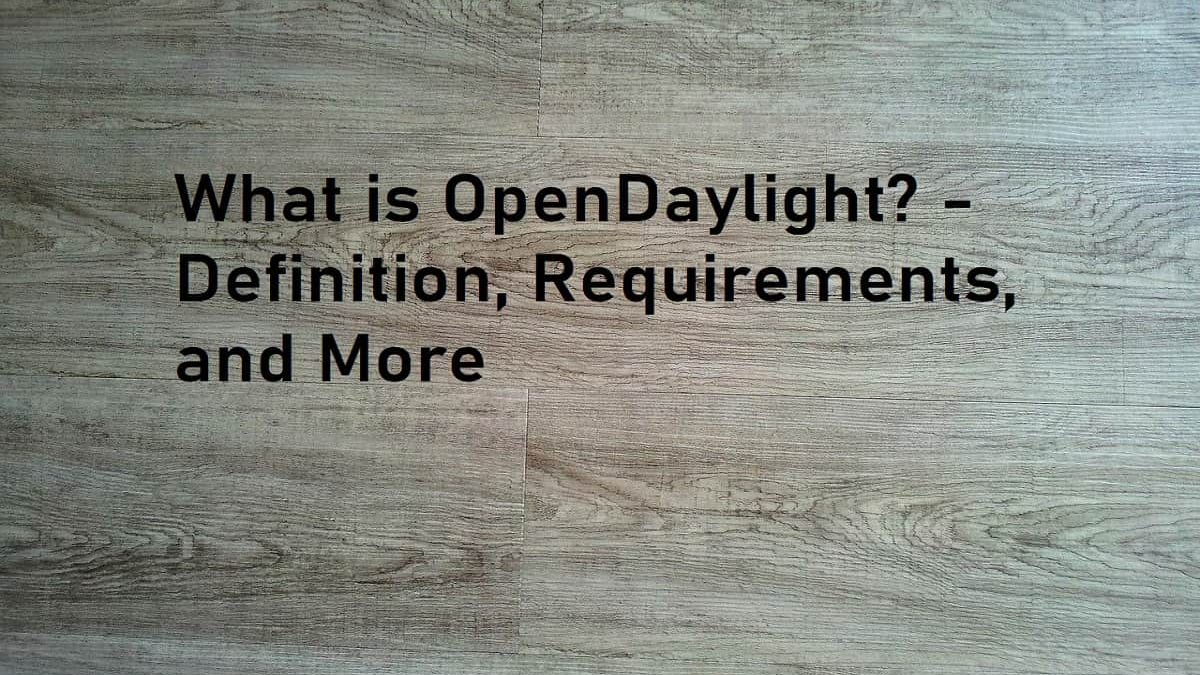Table of Contents
OpenDaylight Definition
OpenDaylight is an open-source project by well-known network suppliers under the “The Linux Foundation” consortium.
It aims to develop open and standardized controllers for software-defined networking.
Cisco, IBM, Microsoft, Brocade, Juniper, Citrix, NEC, Nuage Networks, or Red Hat companies belong to the open-source project “The Linux Foundation.”
The project was launched in 2013 and aimed with the help of open, standardized SDN controllers, SDN, and the Network Functions Virtualization.
The software developed as part of OpenDaylight is mainly written in the languages Java and Python and is under the Eclipse Public License (EPL).
What are the different releases of OpenDaylight?
Some different OpenDaylight versions released since the project found in 2013. Here is a brief overview of the various release names and their respective release dates:
- Released Hydrogen in February 2014
- Release helium in October 2014
- Released lithium in June 2015
- Release beryllium in February 2016
- And also, Released Boron in November 2016
What are the goals of OpenDaylight?
The network industry supports the OpenDaylight project, mainly pursues the goal of providing an open and transparent approach for SDN and network functions virtualization ( NFV ).
And also, The framework for the SDN controller plays a central role in this. The other goals of the project are:
- To create a robust, expandable, open-source code that covers all essential functions to implement an SDN solution
- And also, It ensures a high level of acceptance of the solution designed by manufacturers and users
- To create a vibrant, vast community that works on the code, continually improving it and adding new functions
- And also, It ensures openness, transparency, and fairness in software-defined
What are the Hardware and Software requirements?
Open Daylight Controller is a JVM so it can run on any metal and OS provided it supports Java JVM 1.7+. We recommend the following:
- Firstly, Linux (Ubuntu or RHEL or Fedora or Any other popular Linux Distro that supports Java)
- Secondly, JVM 1.7+ (JAVA_HOME should be usual to the environment)
- The Controller has a built-in GUI. The GUI implements an application using the same Northbound API as would be
- And also, available for any other user application.
What is the Controller as the central component of [OpenDaylight]?
- The controller plays the central role in the software-defined networking of the OpenDaylight project.
- It forms the heart of software-defined networking and ensures that the forwarding plane and control plane separate in the direction of network hardware.
- Similarly, in the direction of the higher hierarchies of the infrastructure, the controller can link to management and orchestration solutions.
- The individual components of the controller usually run in a Java run-time environment and communicate with each other using function calls.

